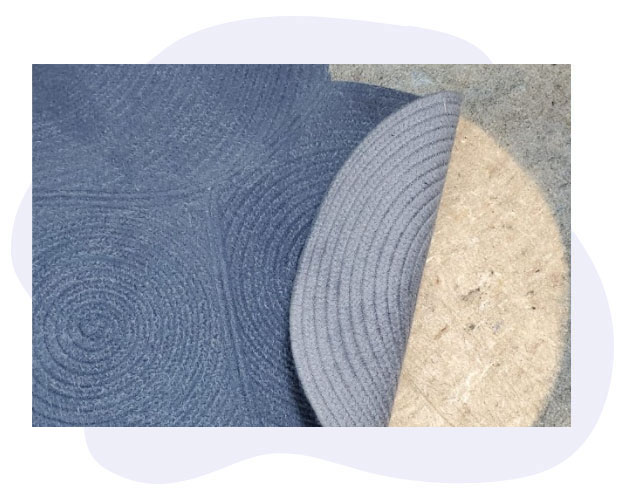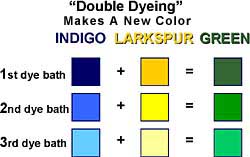We Make Damaged Old Rug Dyed & Repaired to Look Like New!
There are different schools of thought as to the best colors to use in dyeing oriental rugs. There are some people who argue in favor of vegetable dyes to be the best. However, there are some of the dyes that have damaging effects on the wool. It is not easy to tell apart a rug that has been dyed in natural dyes from one decorated by synthetic dyes. The vegetable dyes are linked more with country weaving unlike the synthetic dyes that are associated with city weaving. However, it should be realized that the country weavers may have been using synthetic dyes for quite some time now. Synthetic azo dyes were introduced in many weaving areas in 1875 and 1890 including those in the rural areas.
Thus, it is possible that some of the rural rugs available which are about half a century old may have been dyed using both synthetic and vegetable dyes. Some people wrongly think that using vegetable dyes may make the rug last longer. Some vegetable dyes like the black ones are corrosive. These dyes destroy the pulp of the rug. This could be replaced with better results with tidy synthetic dyes. In the recent past, the number and variety of vegetable dyes in the market has increased. This trend started in western Turkey towards the end of 1960s. However, this knowledge has now spread to other parts in Asia including Nepal, Afghanistan, Pakistan and India.

Common “Vegetable” Dyes….
- Color in the rug
- From this material
- Notes
- red to orange
- root of the madder plant
- Rubia tinctoria
- salmon
- depleted madder dye
- as dye baths are re-used, the dye gets weaker and colors get lighter
- bright red to burgundy
- cochineal (dried insect carapace)
- often from Dactylopius coccus
- blue-red to purple-red
- lac (resin secreted by insect)
- often from Coccus laccae
- light blue to navy
- indigo (extracted from the indigo plant)
- Indigoferra
- pale yellow to yellow-brown
- larkspur or isparuk (a flowering plant)
- Delphinium sulpureum
- pale yellow to yellow-brown
- weld (a flowering herb)
- Reseda luteola
- brown
- oak bark, tree galls
- Quercus
- black
- tannin, oak tree galls, iron
- this dye is often damaging to wool
- green
- double-dye of larkspur and indigo
Vegetable Dyeing Techniques….
Indigo is one of the most common dye, and it is obtained from indigo plant leaves. The indicant from these leaves is extracted and fermented. Besides Indigo, madder and larkspur are other two common dyes. Madder is obtained by boiling dried chunks of the roots of the madder tree. Larkspur is obtained by boiling the stems, leaves and bloom of larkspur plant after they are crushed. The leaves produce dark navy blue color; stems produce rusty-red of a dark shade while the flowers produce muted gold. Many years ago the rug makers realized that colors weakened as more and more wool is dyed in the dye pot. They have used this to their advantage producing an assortment of shades of the same color.
Vegetable Dyeing Techniques….
Dyers have also learnt to mix colors to produce various colors. The color green is not available from the vegetable materials. The green color is particularly crucial particularly in floral designing. The wool is first dyed blue and later yellow, to produce this color. This double dyeing may result in unevenness of the color green.
Vegetable Dyeing Techniques….
You will notice blue and yellow being more concentrated in some areas. This combination of different colors allows the dyers to have a wide range of colors to use even with limited availability of materials.








